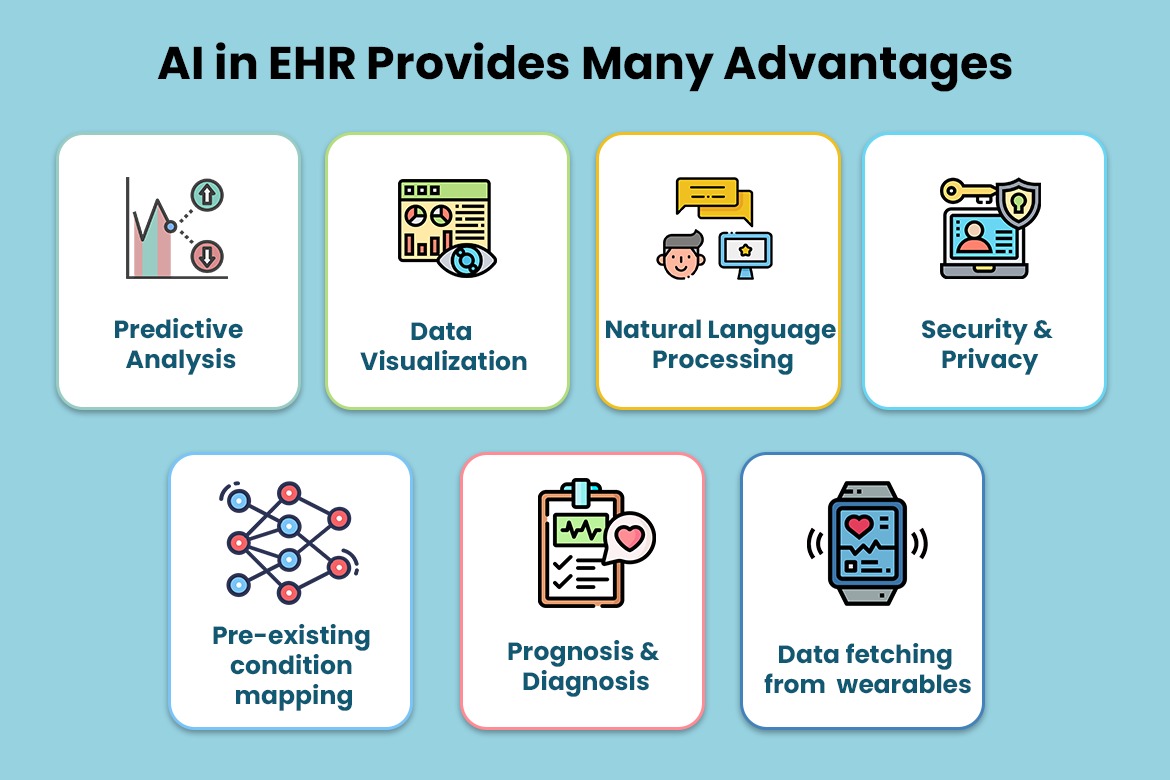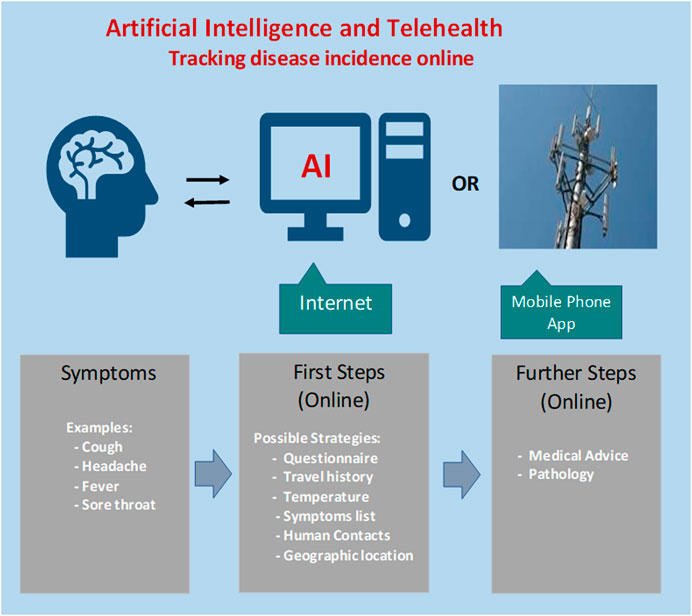 |
| https://ondc.org/ |
Thursday 4 May 2023
ONDC India: The Key to Unlocking India's E-commerce Potential
Wednesday 26 April 2023
Meta-DINOv2: Game-Changing AI Model for Computer Vision, No Fine-Tuning Needed
Meta-DINOv2 is the latest breakthrough in computer vision AI, and it's quickly changing the game. Unlike traditional models that require extensive fine-tuning for specific tasks, Meta-DINOv2 doesn't need any fine-tuning. In this blog post, we'll explore what Meta-DINOv2 is, how it works, and why it's such a game-changer in the field of computer vision.
What is Meta-DINOv2?
Meta-DINOv2 is a new type of computer vision AI model that's based on the DINOv2 architecture. DINOv2 stands for "Do It NoT Over" and was developed by researchers at Facebook AI Research. The DINOv2 architecture uses a novel approach to training deep neural networks that doesn't require fine-tuning. Instead, it trains the network to recognize patterns in images by comparing them to a set of reference images, or prototypes.
The Meta-DINOv2 model takes this approach even further by using a meta-learning technique that allows it to adapt to new tasks quickly. This means that it can recognize new objects or images without needing to be fine-tuned for each specific task.
How does Meta-DINOv2 work?
Meta-DINOv2 works by using a set of reference images, or prototypes, to teach the network to recognize patterns in images. The network is trained to compare each image it sees to these prototypes and use the similarities and differences to identify objects.
The meta-learning technique used in Meta-DINOv2 allows it to quickly adapt to new tasks by learning from a small amount of data. This is possible because the model has already learned to recognize basic patterns in images through its training on the reference images. It can then apply this knowledge to new tasks without needing to be fine-tuned for each one.
Why is Meta-DINOv2 a game-changer?
Meta-DINOv2 is a game-changer for several reasons. First, it eliminates the need for extensive fine-tuning, which can be time-consuming and require a lot of data. This makes it easier for researchers and developers to train computer vision models and deploy them in real-world applications.
Second, the meta-learning technique used in Meta-DINOv2 allows it to adapt quickly to new tasks. This means that it can recognize new objects or images without needing to be fine-tuned for each one. This makes it more versatile than traditional computer vision models, which may require fine-tuning for each new task.
Finally, Meta-DINOv2 has achieved state-of-the-art performance on several computer vision tasks, including image classification and object detection. This means that it's not only more efficient but also more accurate than traditional models.
Conclusion
Meta-DINOv2 is a game-changer in the field of computer vision AI. Its innovative approach to training deep neural networks eliminates the need for extensive fine-tuning and allows it to adapt quickly to new tasks. This makes it more efficient, versatile, and accurate than traditional computer vision models. As the field of computer vision continues to evolve, Meta-DINOv2 is sure to play a significant role in shaping its future.
Tuesday 25 April 2023
The Power of AI in Indian Healthcare: Revolutionizing Patient Care and Access
Artificial Intelligence (AI) has become an important tool in the healthcare industry, providing innovative solutions that improve patient outcomes, reduce costs, and increase efficiency. In India, AI is being used in various ways to provide better healthcare to people in remote areas and those who don't have access to it. Let's explore the benefits and challenges of AI in healthcare in India in more detail.
Benefits of AI in Healthcare in India:
Disease prediction and diagnosis: AI-powered machine learning algorithms can analyze large amounts of medical data to identify patterns and predict disease risk, allowing healthcare providers to intervene early and provide personalized treatment plans. AI-powered medical imaging is also making strides in India, providing doctors with more accurate and detailed images for diagnosis and treatment planning.

Improved efficiency: AI-powered systems can automate routine tasks such as scheduling, billing, and ordering tests, freeing up healthcare providers to focus on more important tasks. Electronic health records (EHR) are becoming more widely adopted, allowing healthcare providers to access and share patient information more easily.

AI-powered drug discovery and precision medicine: These emerging fields in India offer new possibilities for personalized and effective treatments. AI-powered systems can analyze large amounts of data to identify potential drug targets, allowing for the development of new drugs that target specific diseases.

Addressing the shortage of healthcare professionals: AI can provide virtual support to doctors and nurses in remote areas, allowing them to provide better care to more patients. This can help to address the shortage of healthcare professionals in India and improve access to healthcare.
Challenges of AI in Healthcare in India:
Data privacy and cybersecurity: As healthcare becomes more digital and patient information is shared across multiple platforms, data privacy and cybersecurity become important concerns. Healthcare providers need to ensure that patient data is kept secure and confidential.
Ethical implications of using AI in healthcare: There are concerns about potential biases in AI algorithms and the need for human oversight. AI-powered systems need to be transparent and ethical to ensure that they are used to benefit patients and not harm them.
Lack of standardization: The lack of standardization in healthcare data in India can make it difficult to develop effective AI-powered solutions. Healthcare providers need to work together to develop standards for healthcare data to ensure that AI-powered systems can be used effectively.
Lack of awareness and training: Healthcare providers need to be trained to use AI-powered systems effectively. There is a need to increase awareness about the potential benefits of AI in healthcare and provide training to healthcare providers to ensure that they can use AI-powered systems effectively.
Conclusion:
The potential benefits of AI in healthcare in India are enormous, from improved patient outcomes to increased efficiency and reduced costs. However, there are also challenges that need to be addressed, including data privacy and cybersecurity, ethical implications, lack of standardization, and lack of awareness and training. Healthcare providers and policymakers need to work together to address these challenges and ensure that AI is used to benefit patients and improve healthcare outcomes in India. As AI continues to evolve, it is important to keep an open mind and embrace the transformative power of this technology to achieve the best possible outcomes for patients in India and beyond.
Wednesday 19 April 2023
If You're Not Using AI in 2023, You're Falling Behind: 9 AI Websites to Get More
- Numerous.ai - This AI-powered business analytics platform helps businesses collect, analyze, and visualize data in real-time. Numerous.ai provides a wide range of data visualization tools, including dashboards, reports, and charts. The platform uses AI algorithms to identify trends, anomalies, and insights in large datasets, allowing businesses to make data-driven decision
- Gamma.app - Gamma.app is an AI-powered customer segmentation tool that helps businesses segment their customers based on a wide range of demographic and behavioral data. This allows businesses to target their marketing efforts more effectively and improve customer engagement. Gamma.app uses machine learning algorithms to identify patterns in customer data, helping businesses better understand their customers' needs and preferences.

https://gamma.app/ - Chatshape.com - Chatshape.com is an AI-powered chatbot platform that helps businesses automate their customer support services. The platform uses natural language processing (NLP) and machine learning (ML) algorithms to understand customer inquiries and provide relevant responses. By using Chatshape.com, businesses can improve their customer support services, reduce response times, and increase customer satisfaction.
- Google Cloud AI - Google Cloud AI provides a suite of AI tools and services that businesses can use to build and deploy AI-powered applications. Google Cloud AI offers a wide range of AI-powered products, including language processing, speech recognition, image analysis, and predictive analytics. These tools can help businesses automate tasks, improve decision-making, and create personalized customer experiences.
- Wave AI - Wave AI is an AI-powered tool for music producers and creators that uses machine learning algorithms to help users create music. The platform offers a wide range of AI-powered tools, including auto-composition, auto-harmonization, and auto-mixing. Wave AI can analyze audio files and generate MIDI patterns that users can then edit and customize to create their own unique tracks. The platform also provides users with a wide range of virtual instruments, effects, and mixing tools, allowing them to create professional-quality music. With Wave AI, music producers can speed up their workflow and experiment with new sounds and ideas.
- Rationale - Rationale is an AI-powered search, analysis, and visualization tool for large collections of multimedia data, such as images and videos. The platform uses state-of-the-art machine learning algorithms to understand the contents of the data and provide accurate search results. It also provides powerful analysis and visualization tools to help users gain insights into their data.
- Thumbly.ai - Thumbly is an AI-powered mobile app that can help users create custom thumbnails for their YouTube videos. The platform uses machine learning algorithms to analyze the contents of the video and generate thumbnail suggestions based on the content. Users can choose from a range of pre-designed templates or create their own custom thumbnails using the platform's design tools. With Thumbly, users can create eye-catching and professional-looking thumbnails for their YouTube videos, which can help improve their video's engagement and visibility.
- Stylized.ai - Stylized.ai is an AI-powered image and video editing tool that can help users transform their media into stylized, artistic content. The platform uses machine learning algorithms to analyze the contents of the media and generate new, stylized versions of the content based on user preferences. Users can choose from a range of pre-designed styles or create their own custom styles using the platform's design tools. With Stylized.ai, users can quickly and easily transform their images and videos into unique, stylized works of art, without the need for extensive editing skills.
- WavTool.com - WavTool is an AI-powered tool for audio restoration and enhancement. The platform uses advanced machine learning algorithms to analyze and repair audio files, removing noise, pops, clicks, and other unwanted artifacts. WavTool can also enhance audio files by increasing the volume, improving the clarity and quality of the sound, and adding effects such as reverb and equalization. The platform is designed for anyone who needs to improve the quality of their audio recordings, from podcasters and YouTubers to musicians and sound engineers. With WavTool, users can easily restore and enhance their audio files, improving the overall quality of their content.
Hey there!
Thanks for checking out my blog. If you like my content, please consider giving it a thumbs up or leaving a comment to let me know. If you want to stay up to date on my latest posts, be sure to follow me by clicking the 'Follow' button.
Also, feel free to connect with me on social media! You can find me on Twitter, Facebook, and Instagram.
Thanks again for your support and for being a part of my blogging journey!
Tuesday 18 April 2023
The Pros and Cons of Telegram: A Safe Haven for Cybercriminals?

Telegram is a cloud-based instant messaging app that was created in 2013 by two Russian brothers, Pavel and Nikolai Durov. It has become one of the most popular messaging apps in the world, with over 500 million active users. However, it has also gained a reputation as a "safe haven" for cybercriminals, due to its end-to-end encryption and other security features.
End-to-end encryption means that the messages sent through Telegram are only visible to the sender and the intended recipient, making it difficult for anyone else, including law enforcement, to access the contents of the messages. This has made Telegram a popular choice for criminals who want to communicate securely and avoid detection.
In addition to its encryption features, Telegram also allows users to create "channels" that can be used to broadcast messages to a large number of users. This has led to the creation of channels dedicated to illegal activities, such as drug trafficking, piracy, and the sale of stolen credit card information.
While Telegram has stated that it does not condone illegal activities and has taken steps to remove channels that violate its terms of service, it has also faced criticism for not doing enough to combat the use of its platform by criminals.
One of the challenges faced by Telegram and other messaging apps is the balance between privacy and security. While end-to-end encryption is an important tool for protecting users' privacy, it can also be used by criminals to hide their activities from law enforcement. This has led to calls for messaging apps to implement "backdoors" that would allow law enforcement to access encrypted messages under certain circumstances.
However, implementing backdoors could also weaken the security of messaging apps and make them more vulnerable to hacking and other forms of cybercrime. This is a difficult issue that has yet to be fully resolved.
Another challenge for Telegram is the spread of disinformation and fake news on its platform. Telegram's end-to-end encryption means that it is difficult to verify the source of messages, which can make it easier for false information to spread unchecked.
Telegram has taken steps to combat this problem, such as introducing features that allow users to report fake news and misinformation. However, this remains a significant challenge for the platform and for society as a whole.
Despite these challenges, Telegram remains a popular messaging app for millions of users around the world. Its security features have made it a popular choice for individuals and organizations that value privacy and security, while its channels feature has made it a powerful tool for disseminating information and organizing communities.
To address the challenges posed by the use of Telegram by cybercriminals and other bad actors, it is important for law enforcement and other relevant agencies to work closely with messaging app providers to develop effective strategies for combating illegal activities. This could include the use of artificial intelligence and other technologies to detect and remove illegal content, as well as cooperation between messaging apps and law enforcement agencies to share information and track down criminals.
In conclusion, Telegram's reputation as a "safe haven" for cybercriminals highlights the challenges faced by messaging app providers in balancing privacy and security. While end-to-end encryption is an important tool for protecting users' privacy, it can also be used by criminals to hide their activities. To address this challenge, it is important for messaging app providers to work closely with law enforcement and other relevant agencies to develop effective strategies for combating illegal activities. Only by working together can we ensure that messaging apps like Telegram can continue to provide secure and private communication while also helping to prevent cybercrime and other illegal activities.
Tuesday 11 April 2023
The Importance of Test-Driven Development in Software Development
Software development has come a long way since the early days of programming. The importance of developing high-quality software has become increasingly important as businesses rely more heavily on technology to drive their operations. One method that has gained traction in recent years is Test-Driven Development (TDD). In this article, we'll explore what TDD is, why it's important, and how to implement it in your software development process.
What is Test-Driven Development?
Test-Driven Development is a software development technique that emphasizes writing automated tests before writing the actual code. The process starts with writing a test case, then writing the code that satisfies that test case. Once the code has been written, the test is run to ensure that it passes. If the test fails, the code is revised until the test passes. This process is repeated until all the tests have passed, and the software is considered complete.
Why is Test-Driven Development important?
Test-Driven Development offers several benefits to software development teams. Here are a few reasons why TDD is important:
Reduced Bug Count: Writing tests before writing code can help reduce the number of bugs in your code. By writing tests first, you can identify potential problems before they occur, making it easier to fix them.
Faster Development Time: Although writing tests takes some time upfront, it can ultimately reduce the time it takes to develop software. By catching errors early on in the process, you can save time that would otherwise be spent fixing bugs later on.
Better Collaboration: TDD encourages collaboration between developers, testers, and stakeholders. By focusing on writing tests before writing code, everyone involved in the project has a clear understanding of what the software is supposed to do and can provide feedback on the functionality.
Increased Confidence: By having a suite of automated tests that run every time code is changed, developers can have confidence that their changes did not break any existing functionality.
Implementing Test-Driven Development
Implementing Test-Driven Development can seem daunting at first, but it's worth the effort. Here are some steps you can take to get started:
Set up a testing framework: Before you can write tests, you need to set up a testing framework. There are many testing frameworks available for various programming languages, such as JUnit for Java and NUnit for .NET.
Write a failing test: Start by writing a test that you expect to fail. This test should be based on the requirements for the software. The failing test will provide a clear objective for what the code should do.
Write code to pass the test: Once you have a failing test, write the code to make the test pass. Be sure to keep the code as simple as possible to start.
Refactor the code: After the test has passed, refactor the code to improve the design, readability, and maintainability of the code.
Repeat: Repeat this process for each feature or requirement of the software.
Conclusion
Test-Driven Development is a powerful technique that can help software development teams create high-quality software. By writing tests before writing code, teams can reduce bugs, speed up development time, increase collaboration, and build confidence in their software. While implementing TDD can take some time upfront, the benefits are well worth the investment.
-
Artificial Intelligence (AI) is transforming the way businesses operate. By using AI-powered tools, businesses can automate tasks, analyze d...
-
https://ondc.org/ The Open Network for Digital Commerce (ONDC) is a new initiative launched by the Indian government that aims to create a m...
-
Meta-DINOv2 is the latest breakthrough in computer vision AI, and it's quickly changing the game. Unlike traditional models that requir...













